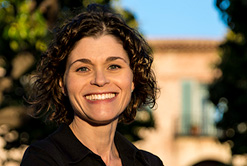Recently, I’ve heard from several medical school applicants who are waitlisted. It’s extremely frustrating, especially as the current cycle advances and the next one is on the verge of starting.
What can you do?
- Realize that getting into medical school has become increasingly competitive. Being waitlisted is infinitely better than being rejected, and thus a positive, despite the anxiety it causes.
- Send a letter of interest. Let the school know of your continued enthusiasm and your new accomplishments. Ensure the letter is well written, streamlined, and brief. If the school is absolutely, positively your first choice, let the admissions committee know that. Feel free to send more than one letter if you are on a medical school waitlist for months.
- Ask the school if you can set up a second look. A supplementary visit indicates to the institution that you are serious, and it offers you more data in making your decision if you’re later offered a spot.
- Ask a well-positioned faculty member who knows your work to make a call or send an email on your behalf. This tactic is especially helpful if the supervisor has a connection to the institution. (I do not recommend that a family friend who hasn’t worked with you contacts the school.)
- Plan for last minute notice. At some institutions, applicants are offered slots off the medical school waitlist throughout the summer. I’ve even heard of acceptances being offered the day before school was to begin. Would you be able to change your living situation, move your personal belongings, and uproot if this were to happen? Be prepared.

